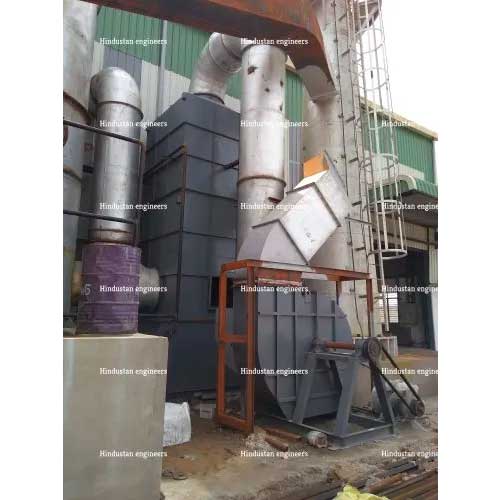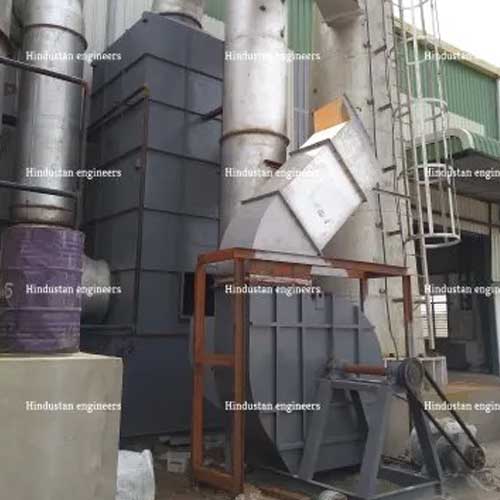Schedule a Call Back
Tips to control particulate matter for reducing air pollution
 Articles
Articles- Oct 01,18

- For the control of gas borne particulate matter in industrial operations such as cement manufacture, food and beverage, mineral processing and textile industries
- To separate dust in the disintegration operations, such as rock crushing, ore handling and sand conditioning in industries
- To recover catalyst dusts in the petroleum industry
- To reduce the fly ash emissions
- They’re particularly useful in the case of a hot gas that must be cooled for some reason.
- If the particulate matter is combustible or if any flammable gas is present, even in trace amounts, in the bulk gas phase, a scrubber is preferred to an electrostatic precipitator.
- Scrubbers can be used when there are wastewater treatment systems available on the site, with adequate reserve capacity to handle the liquid effluent.
- Scrubbers are also used when gas reaction and absorption are required simultaneously with particulate control.
- Flue gas flow rate in m3/sec at discharge from boiler, ie at the inlet of ESP
- ESP inlet dust concentration (IDC) in mg/Nm3
- Desired emission limit or maximum outlet dust concentration (ODC) in mg/Nm3
- High initial cost
- Space requirement is more because of the large size of the equipment.
- Possible explosion hazards during collection of combustible gases or particulate.
- Precautions are necessary to maintain safety during operation. Proper gas flow distribution, particulate conductivity and corona spark over rate must be carefully maintained.
- The negatively charged electrodes during gas ionization produce ozone.
Related Stories

Why is Workmen Compensation Insurance Essential for Both Employers and Employees?
Workplace risks are an unavoidable reality across India’s diverse industries like construction, manufacturing, logistics, housekeeping, hospitality and more. Even with strong safety protocols, acc..
Read more
3D Printing Strengthens the Foundations of Smart Manufacturing
The global 3D printing market was estimated at $30.55 billion in 2025 and is projected to reach $168.93 billion by 2033, growing at a compound annual growth rate of 23.9 per cent from 2026 to 2033.
Read more
IMTEX Forming 2026: Charting the Next Chapter of India’s Metal Forming Ecosystem
IMTEX Forming 2026, Asia’s largest metal forming and manufacturing technology exhibition, is set to return to Bengaluru from 21–25 January 2026.
Read moreRelated Products

Air Pollution Control System
Hindustan Engineers offers a wide range of air pollution control system.
Air Purifier sales soar in North India amidst rising pollution threat
As the nation succumbs to the festival frenzy and businesses prepare for booming sales, consumers in northern India are equipping themselves with a crucial device amidst plummeting temperatures: air p Read more

Pollution Control System
Hindustan Engineers offers a wide range of air pollution control system. Read more












